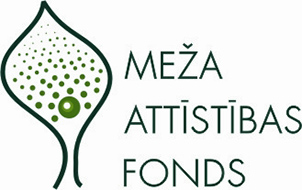Study supported by the Forest Development Fund (agreement No. 24-00-S0MF11-000001)

The research results provide a conceptual framework for ancient forests, basic elements of their mapping and typology, and raise issues for further research and integration in forest management planning. During the research, a number of remote sensing and historical material datasets and their processing techniques were examined, and their potential and limitations for use in mapping and identifying ancient forests were described. One of the results of the research is the scanning and cataloguing of historical materials.
The aim of the Study was to approve the concept of ancient forests for Latvian conditions and to identify the problems of ancient forests related to their diversity from a territorial, historical and typological, as well as regulatory perspective in relation to the legislative initiatives and requirements of Latvia and the European Union. The study is organized into several interrelated parts, which include an extensive analysis of the results and content of the current forest inventory, remote sensing data and historical material maps, as well as other research.
The tasks of the Study:
- Expand the updating and analysis of data from the beginning of the last century, the post-war period and the 1980s on historical forest cover, forest stand structure and economic activity in the identified ancient forests, protective forests, protective zone forest territories.
- Provide the necessary information for integration into current forest management, substantiation of local and European Union legislative recommendations:
2.1. ancient forests and their mapping methodology, based on the results of previous years' research – characteristics and typology, distribution, assessment; proposals for integration into forest management in the context of EU legislation;
2.2. study of the historical development of watercourse protective zones, tracing their location, change, starting with the location of pre-war protective forests, digitization and study of the archive of watercourse protective zones during the occupation, the relationships between the development of stand structures;
2.3. 1940–1950 and 1980–1990 digitization of forest cover and updating and maintenance of historical map services;
2.4. publication of results, digitized data for open access.